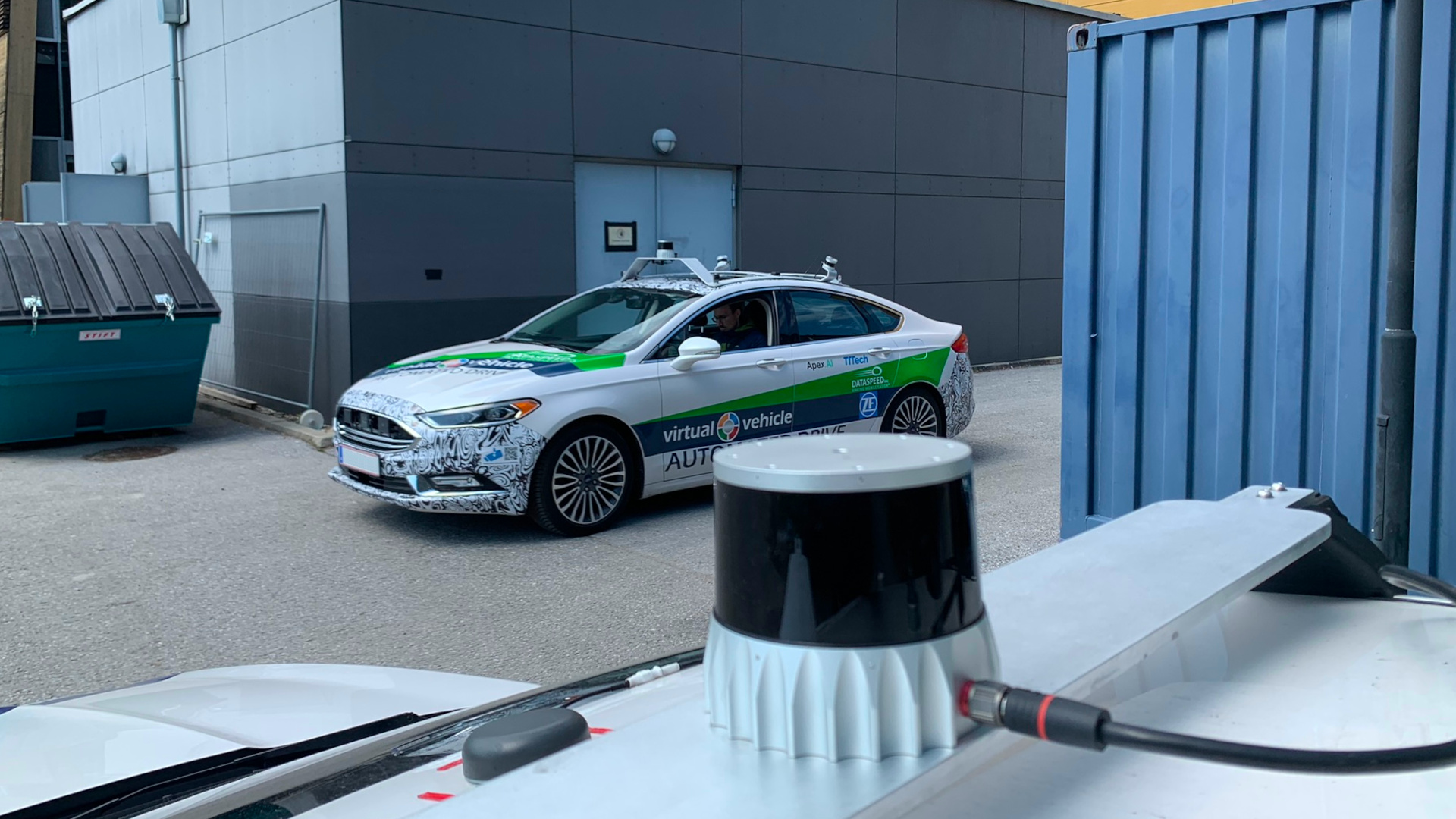
V2X is a use scenario heavily dependent on high-quality communications. How do V2X communications technologies meet the application demands for delays and reliability? Qosium plays an essential role in the cooperation between Kaitotek and Austria-based Virtual Vehicle Research to measure it. The results are the first publicly available with high accuracy for live V2X QoS measurements.
August 31st, 2023
One of the most critical QoS aspects for Vehicle-to-Everything (V2X) communications is transmission delay for improving the safety of Intelligent Transport Systems (ITSs) and Cooperative, Connected, and Automated Mobility (CCAM) solutions. Collective Perception (CP) enables an early reaction to the traffic environment as infrastructure and other nearby means of transportation share their observations with others. Two street-legal automated driving demonstrators were equipped with Kaitotek’s Qosium solution to measure the communications QoS for the standard-based CP application in different scenarios, including city and highway environments. The CP messages, ten per second, were transferred using ITSG5, based on the IEEE 802.11p/bd standard.
The results indicate that the one-way delay stays mostly below 5 ms, being a good result. However, the CP applications should expect to receive only about every other V2X message, even in short ranges. Broadcast transmission type, short radio range (about 100 m), collisions in the radio channel, and environmental and mobility aspects lead to significant packet loss. Moreover, ITSG5’s channel access method can result in increased delays and more unsuccessful message deliveries when many ITS stations simultaneously compete to access the same channel. Therefore, the work will continue to investigate the loaded channel scenarios in more detail as a future work item. How C-V2X, using cellular technologies, responds to the V2X demands is interesting to measure once chipset availability improves and network support widens. Once again, Qosium was found to be an indispensable tool in live measurements of real application scenarios.
For more information and details, the research paper is open-access and available here: ieeexplore.ieee.org/document/10198493
The study was carried out in an ECSEL InSecTT project supported by the European Union’s Horizon 2020 research and innovation program. Kaitotek was also supported by Business Finland.
